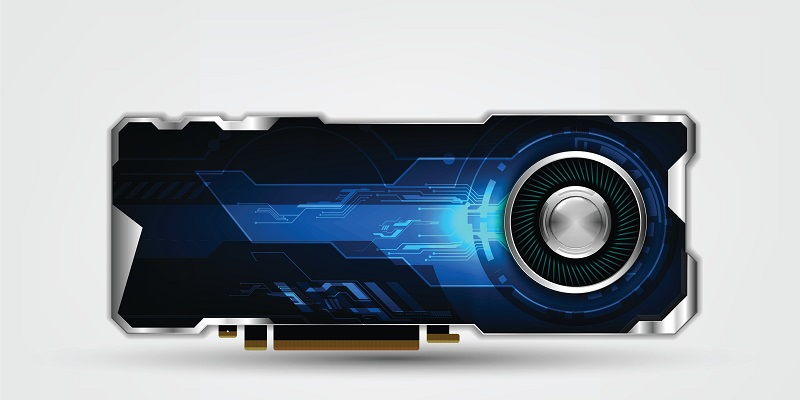The gaming community has been eagerly anticipating the next generation of NVIDIA GPUs, and recent rumors have shed light on the potential specifications of the highly anticipated GeForce RTX 4080 SUPER, 4070 Ti SUPER, and 4070 SUPER GPUs. Renowned leaker, Kopite7kimi, has provided insights into these GPUs, offering enthusiasts a glimpse into the potential upgrades and improvements in the upcoming lineup.
NVIDIA’s Testing Process
It is important to note that NVIDIA typically conducts extensive testing and experimentation with various configurations during the development phase. This ensures that the final specifications of their GPUs are optimized for superior performance, efficiency, and user experience.
GeForce RTX 4080 SUPER
According to the rumors, the GeForce RTX 4080 SUPER is expected to feature a 256-bit bus interface, indicating the possibility of a 16 GB GDDR6X memory, similar to its non-SUPER counterpart, the RTX 4080. This memory configuration ensures high-speed data transfers and ample memory capacity for demanding gaming and creative tasks.
Memory Options
Amidst the speculations, it has been suggested that NVIDIA might offer two memory options for the RTX 4080 SUPER. These options would include a 20 GB variant with an AD102 GPU SKU and a 320-bit bus interface, as well as a 16 GB variant with an AD103 GPU SKU and a 256-bit bus interface. However, until official confirmations are released, the final retail configurations remain uncertain.
GeForce RTX 4070 Ti SUPER
Kopite7kimi expresses a sense of bewilderment regarding the naming choice of the GeForce RTX 4070 Ti SUPER. Despite the unusual naming, the GPU is anticipated to incorporate either the AD103-275 or AD102-175 GPU SKUs, accompanied by 8,448 cores and 48 MB of L2 cache across both variants. This powerful configuration promises enhanced graphics rendering capabilities and improved overall performance.
GeForce RTX 4070 SUPER
The NVIDIA GeForce RTX 4070 SUPER is rumored to come in two SKU configurations: AD104-350 and AD103-175. Both variants are expected to boast the same 7,168 cores, which promise a significant performance boost compared to their predecessor. With these improvements, gamers and content creators can expect smoother gameplay, faster rendering, and more immersive experiences.
Comparison of Core Count Upgrades
Analyzing the rumored specifications, we observe an incremental increase in core counts across the three GPUs. The RTX 4080 SUPER is expected to outperform the RTX 4080 with a modest 5% increase in core count (10240 vs. 9728). Meanwhile, the RTX 4070 Ti SUPER is rumored to witness a more substantial 10% core count boost (8448 vs. 7680). Surprisingly, the NVIDIA GeForce RTX 4070 SUPER appears to offer the most significant upgrade among the three GPUs.
While these rumors provide a glimpse into the potential specifications of the NVIDIA GeForce RTX 4080 SUPER, 4070 Ti SUPER, and 4070 SUPER, it is crucial to remember that these specifications have not been officially confirmed by NVIDIA. The gaming community eagerly awaits further updates on the much-anticipated next-generation GPUs, which promise improved performance, advanced features, and enhanced gaming experiences. As we anticipate the launch of these GPUs, enthusiasts and gamers worldwide remain excited about the possibilities that lie ahead.

